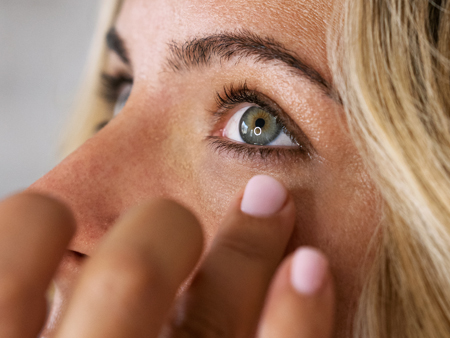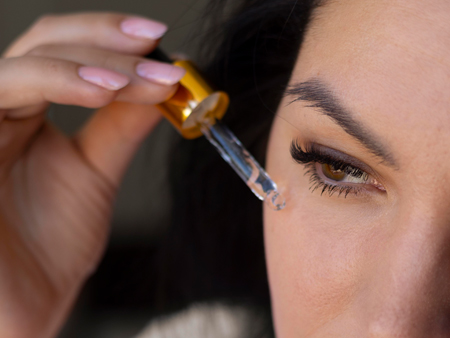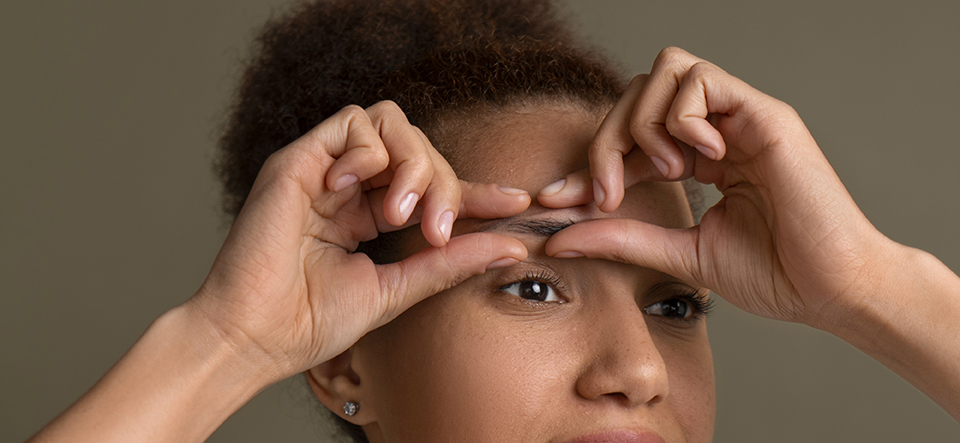The Dark Side of Eye Remedies: Unmasking the Internet’s Scariest Trends
The internet, a vast expanse of knowledge and misinformation, has become a breeding ground for unconventional and potentially dangerous eye remedies trends. In the pursuit of a quick fix for various eye problems, some individuals turn to unproven methods that can lead to more harm than good. Let’s delve into the eerie world of eye remedies that have gained traction on the internet.
1. Eye Yoga:
Promoted as a means to enhance vision and alleviate eye strain, eye yoga has garnered attention on social media. However, ophthalmologist Christopher Starr, MD, emphasizes that there’s no scientific evidence supporting its efficacy in curing age-related near vision changes (presbyopia). The only proven treatments for presbyopia are corrective lenses, surgery, or FDA-approved medications.
2. Essential Oils:
While essential oils have gained popularity as a natural remedy for various eye issues, caution is paramount. Tea tree oil, for instance, may help combat Demodex mites, but applying it directly to the eyes can be risky. Consulting with an ophthalmologist before attempting such remedies is crucial to avoid potential harm.
3. Castor Oil:
Often touted as a remedy for cataracts and eye floaters, castor oil lacks scientific backing. Worse still, applying it directly to the eyes can lead to irritation and damage to the cornea. The non-sterile nature of castor oil increases the risk of severe eye infections.
4. Breast Milk:
Despite claims of breast milk being a natural remedy for pink eye, it is loaded with bacteria that can harm the eyes. Introducing these bacteria can lead to serious, sight-threatening infections, making breast milk an unsafe choice for eye care.
5. Raw Meat Cold Pack:
While putting a raw meat cold pack on a black eye may seem soothing, it can worsen the injury. Bacteria from raw meat can cause infections, and extreme cold can slow down the healing process. Opting for a traditional ice pack is a safer alternative.
6. Lipliner as Eyeliner:
Using lipliner around the eyes might seem convenient, but it poses risks. Bacteria from the mouth can transfer to the eye area, leading to irritation and infections. If attempting this, thorough cleaning of the lipliner is essential to minimize the risk of eye damage.
7. Hairdryer as Eyelash Curler:
A TikTok trend suggests using a hairdryer on the cool setting to curl eyelashes. However, the heat can burn and damage eyelashes, and forcefully blowing air into the eyes may cause severe dryness and irritation.
8. Beezin:
The viral trend of applying menthol- or peppermint-flavored lip balms to eyelids for a tingling sensation can have adverse effects. The natural oils in mint lip balms can irritate the eyes, leading to redness, irritation, and potential surface abrasions.





In addition to these alarming trends, various other unproven remedies pose risks to eye health. Neglecting basic eye care practices, such as removing contact lenses before sleep or leaving makeup on overnight, can have detrimental effects. Tattooing the eyeball is another dangerous trend that should be avoided.
The key takeaway is to consult with an ophthalmologist before attempting any new eye treatments or remedies. While natural remedies may have benefits for certain problems, ensuring their safety and scientific support is crucial for maintaining eye health in the long run. The eyes, after all, deserve the utmost care and attention, free from the risks posed by internet-fueled fads.







